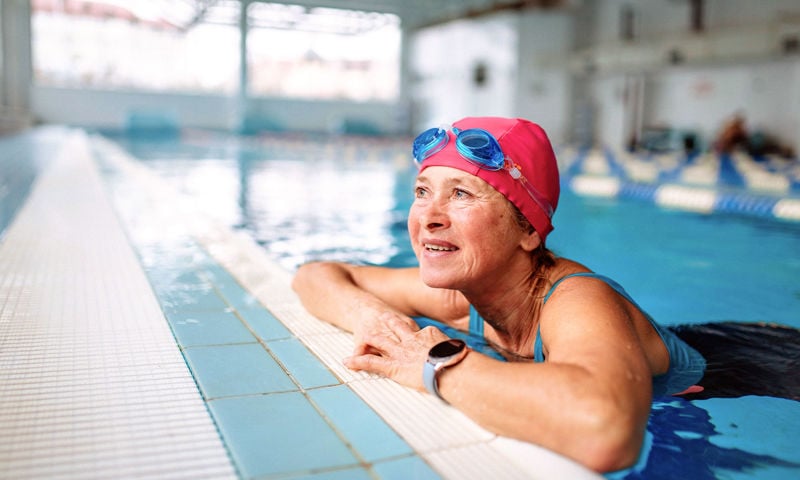Published 02 Apr 2025
Most of us love a bit of healthy competition, especially when it comes to participating in sport. While training, staying fit and choosing the best time to get active are key, there's another factor that plays a huge role in your performance: your vision. Good eyesight is essential for making sure your muscles move efficiently and effectively.
Different sports have different visual demands. Your optometrist can work with you to understand what may be involved and help make sure your eyes are ready for the challenge. Here are some of the ways that vision plays a key role in various sports:
Static vs. non-static visual demands
Some sports require you to focus on stationary targets, making it easier to process a steady image. Think golf, archery or lawn bowls. In contrast, sports with moving targets like football, clay pigeon shooting or cricket, require you to adjust your focus constantly to keep up with the action.
Dynamic vs. non-dynamic movement
Dynamic sports involve both the player and the target to move. It’s more than just tracking a moving ball; it’s about staying focused while you’re on the move too. Sports like basketball, tennis or running require different eye skills compared to static sports.
Contrast sensitivity
In sports like soccer and skiing, being able to see contrasts clearly is important. In soccer, distinguishing the spin on the ball or its pattern helps players react faster. When skiing or snowboarding, spotting subtle changes in terrain allows you to stay safe while navigating the slopes.
Colour vision
For athletes with colour vision challenges, sports can become more difficult. It may take longer to tell team colours apart or see certain objects on the field, leading to slower responses.
Near vs. far vision
Most sports require good vision at a distance, but some sports like billiards or darts, need you to focus up close.
Protecting your eyes in sports
Eye injuries are a real risk in many sports and even minor injuries can have lasting effects. That’s why protective eyewear is so important for certain sports to safeguard your eyes from harm. While your eye might seem fine on the surface following an injury, there could be underlying damage that needs attention. If you notice any changes in your vision, such as flashes of light, eye floaters, or persistent redness, be sure to make an appointment with your optometrist.
UV protection for outdoor sports
If you love playing sports outdoors, it’s essential to protect your eyes from harmful UV rays. Long-term exposure to UV light can cause eye damage, leading to conditions like pterygiums and cataracts. Whether you’re on the soccer field, tennis court or out for a run, wearing sunglasses with UV protection helps shield your eyes from the sun’s harmful rays. Sports-specific eyewear with UV-blocking lenses will not only protect your eyes but also improve clarity and contrast in bright sunlight.
If you’re finding any of the above tasks difficult want to find out more about protective eyewear or are considering contact lenses for the first time, don’t hesitate to visit your local optometrist. Whether it’s a new prescription, sports-specific lenses or even special tints for better contrast, they can guide you to the right eyewear for your needs. The team at GMHBA Eye Care are ready to help you perform at your best.
Book an appointment at GMHBA Eye Care today.
About the author
Tobi Yamamoto completed a Doctor of Optometry (O.D.) at Melbourne University in 2014, after earning a Bachelor of Biomedicine in 2010. Tobi has diverse experience working across Victoria and Tasmania prior to joining GMHBA in 2017. Tobi is a credentialed optometrist for the Civil Aviation Safety Authority (CASA) and serves as primary supervisor of optometry students on clinical placement at GMHBA. His areas of interest include dry eye disease, paediatrics and sports vision.



